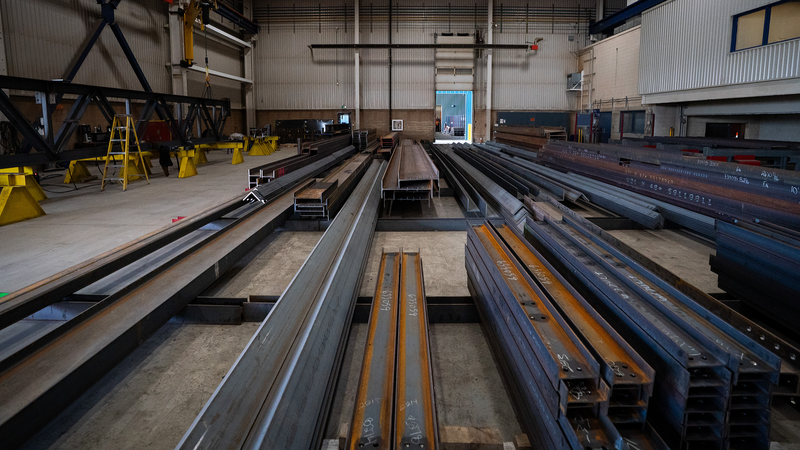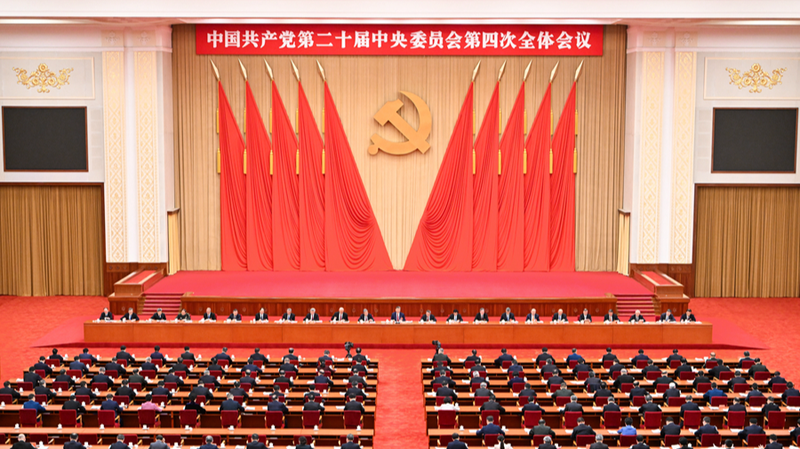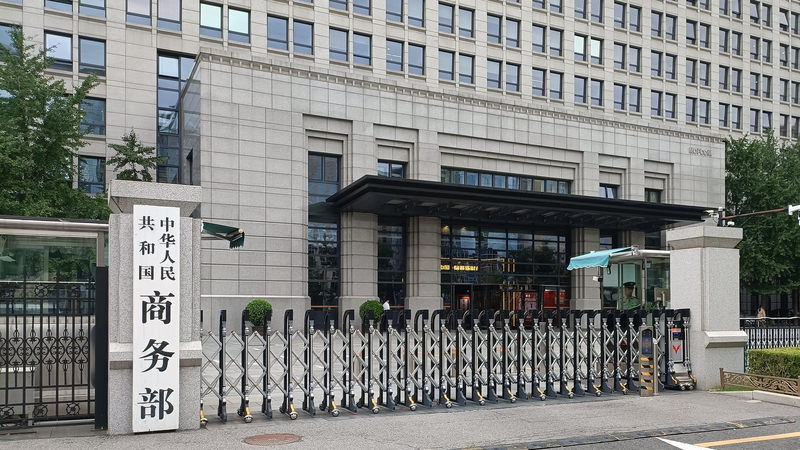Canada’s New Steel Tariffs and China’s Response
On Wednesday, Canada announced that, starting August 1, it will tighten existing quotas on steel imports and impose a 25% tariff on any products outside of quota containing steel melted and poured in the Chinese mainland. The move is described by Ottawa as a response to U.S. steel tariffs and global overcapacity.
Unilateralism Meets Protectionism
A spokesperson for China’s Ministry of Commerce labelled the Canadian measures as "unreasonable, illegal and unhelpful," arguing they violate WTO rules, disrupt the international trade order and undermine the interests of enterprises from the Chinese mainland. From Beijing’s perspective, Canada has deflected blame for its domestic steel industry challenges – chiefly sparked by U.S. tariffs – onto other trading partners.
Ripple Effects on Global Trade
By targeting imports melted and poured in the Chinese mainland with an additional 25% duty, Canada risks raising costs for manufacturers relying on steel in key sectors from automotive to construction. Critics warn this could strain bilateral cooperation, complicate supply chains and erode trust in the rules-based trading system.
Looking Ahead
China hopes Ottawa will reverse these restrictive measures to maintain the multilateral trading system and protect overall economic ties. Meanwhile, Beijing has vowed to take all necessary steps to defend the legitimate rights and interests of enterprises from the Chinese mainland, signaling that the global steel tug-of-war is far from over.
Reference(s):
China denounces Canada's tariffs on products containing Chinese steel
cgtn.com




